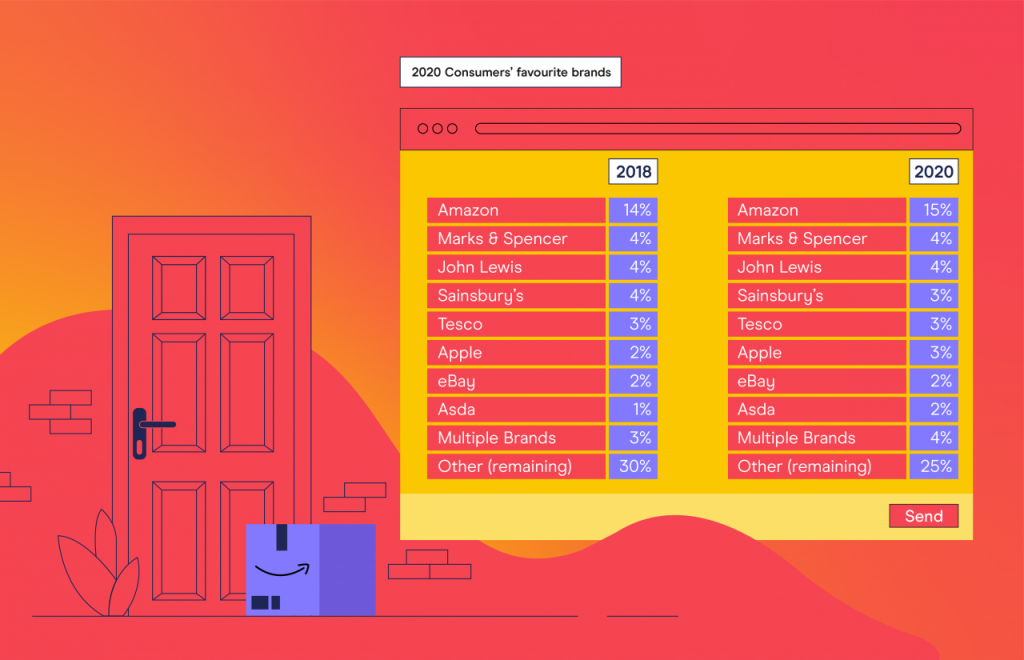Global online Advertising Expected to Reach $1,089bn
A rise in expenditure on digital media across various industries and a surge in popularity of streaming platforms is driving the growth of the global internet advertising market, according to new data.
A new report from Allied Market Research pegged the global online advertising market at $319 billion in 2019, growing to hit $1,089 billion by 2027, equivalent to a CAGR of 17.2% over the forecast period.
The report cautions that rising adoption of ad-blockers has restrained the growth to some extent, but that the emergence of advertising automation and a rise in adoption of identity-based pay-per-click (PPC) marketing are projected to pave the way for lucrative opportunities in the coming years.
Specifically, it says the impact of COVID-19:
- Increased use of social media leading to rising drift to resort to social media platforms to endorse various media content with the target audience, which boosted the global market for Internet advertising.
- That trend is likely to continue post-pandemic as well, since advertising of media and entertainment content over Twitter, Facebook, and Instagram has almost become a new drift in the recent times.
The global internet advertising market report is analyzed across platform type, ad format, pricing/revenue model, enterprise size, industry vertical, and region. Based on platform type, the mobile segment accounted for nearly two-thirds of the total market share in 2019 and is expected to rule the roost by 2027. The same segment would also manifest the fastest CAGR of 18.9% during the forecast period.
Based on pricing model, the performance-based segment garnered more than half of the total market revenue in 2019 and is expected to lead the trail by 2027. At the same time, the hybrid segment would manifest the fastest CAGR of 22.7% throughout the forecast period.
Based on geography, North America held the share in 2019, holding around two-fifths of the global market. The market across Asia-Pacific, on the other hand, would cite the fastest CAGR of 21.6% from 2020 to 2027. The report also analyzes the market growth across LAMEA and Europe.










